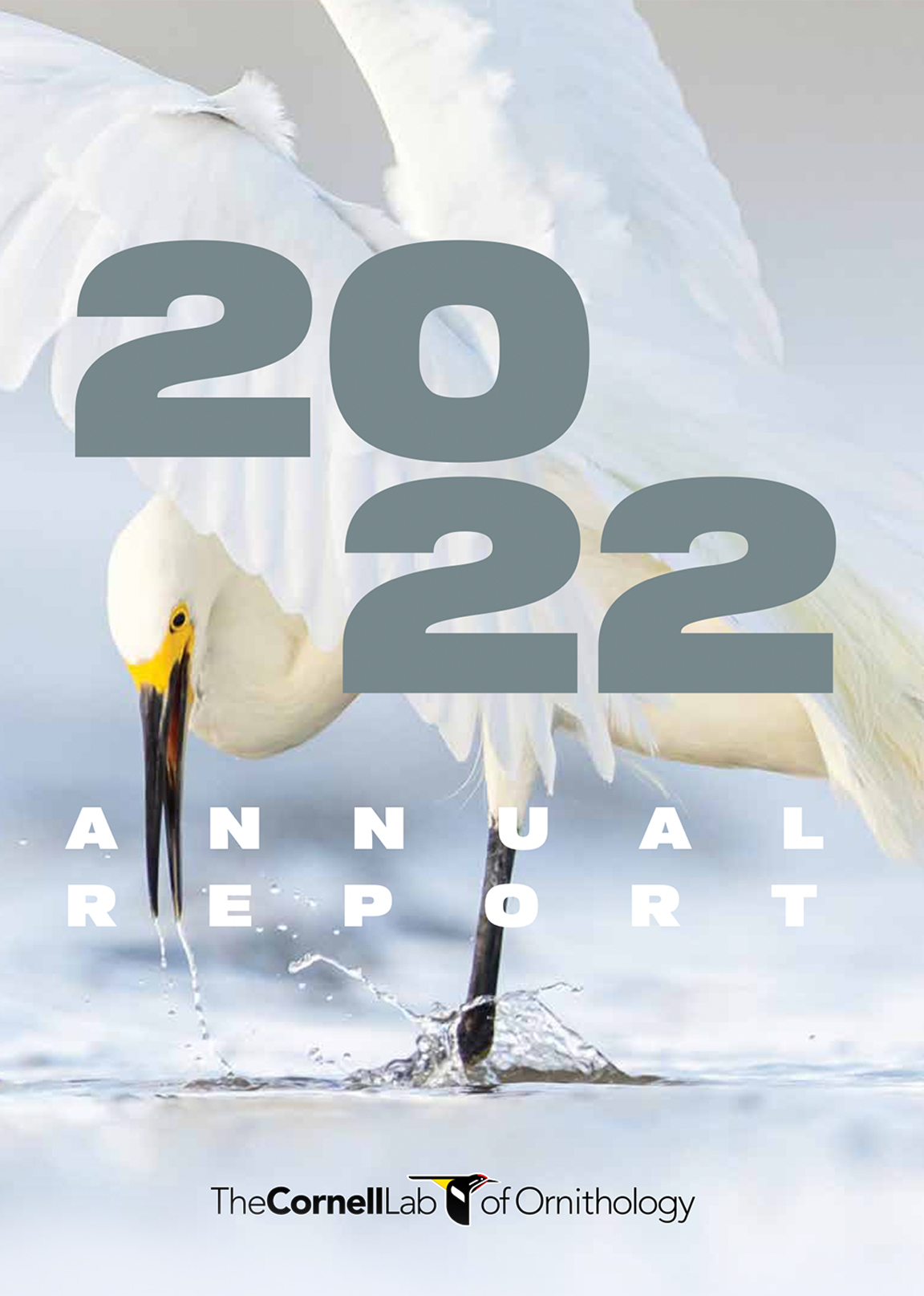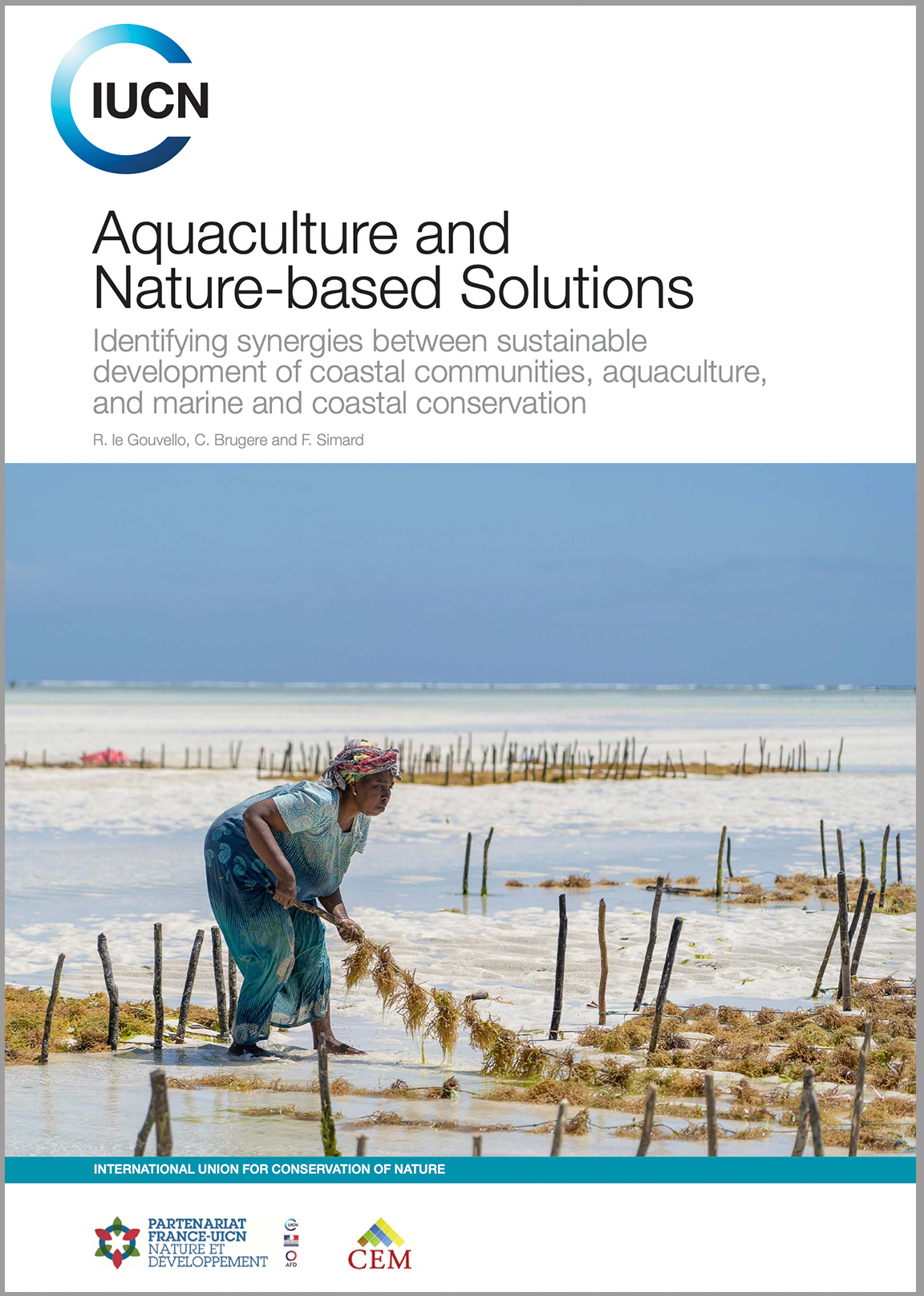NEW Resources
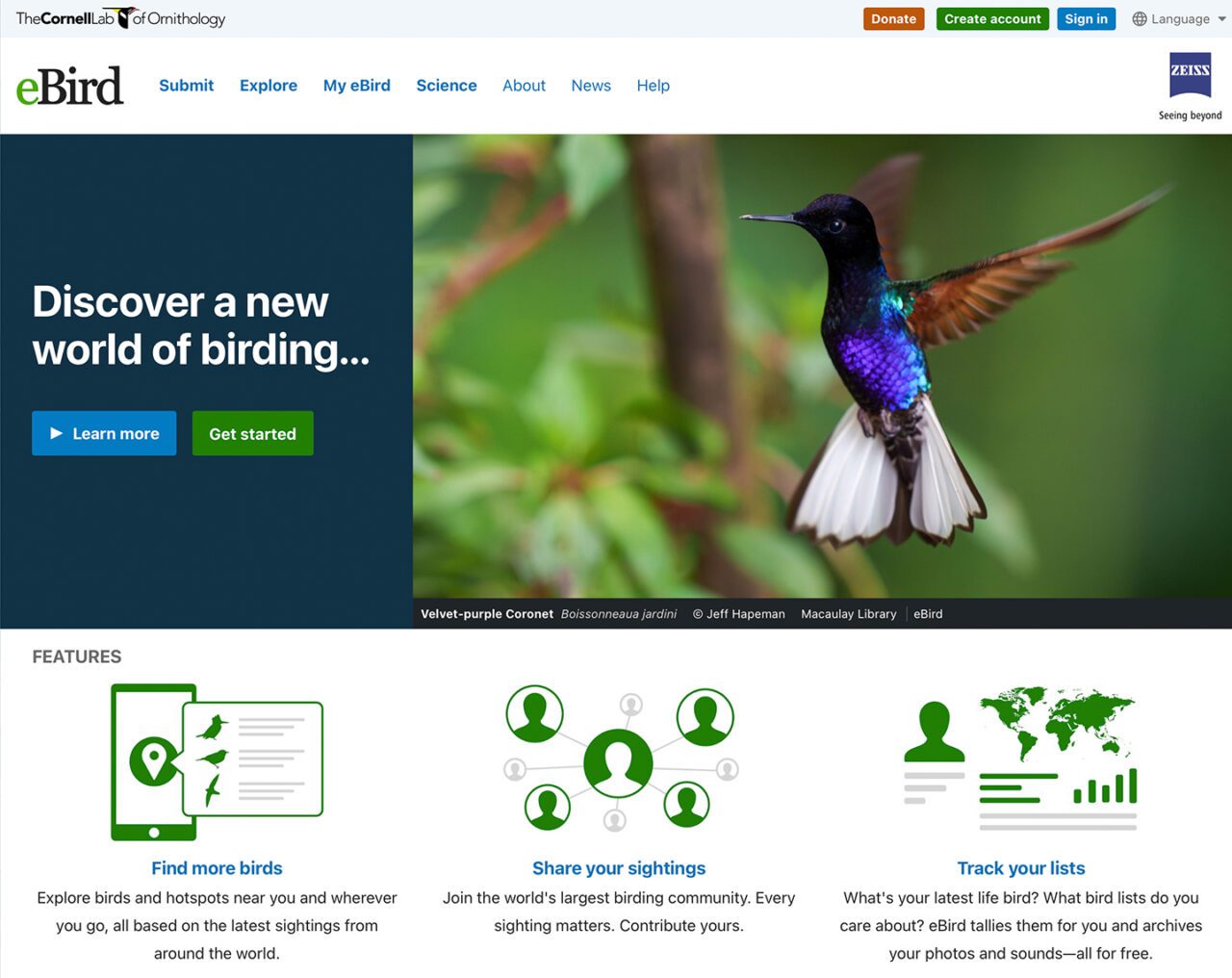
eBird
eBird is among the world’s largest biodiversity-related science projects, with more than 100 million bird sightings contributed annually by eBirders around the world and an average participation growth rate of approximately 20% year over year. A collaborative enterprise with hundreds of partner organizations, thousands of regional experts, and hundreds of thousands of users, eBird is managed by the Cornell Lab of Ornithology. Our goal is to gather this information in the form of checklists of birds, archive it, and freely share it to power new data-driven approaches to science, conservation and education. At the same time, we develop tools that make birding more rewarding. From being able to manage lists, photos and audio recordings, to seeing real-time maps of species distribution, to alerts that let you know when species have been seen, we strive to provide the most current and useful information to the birding community.
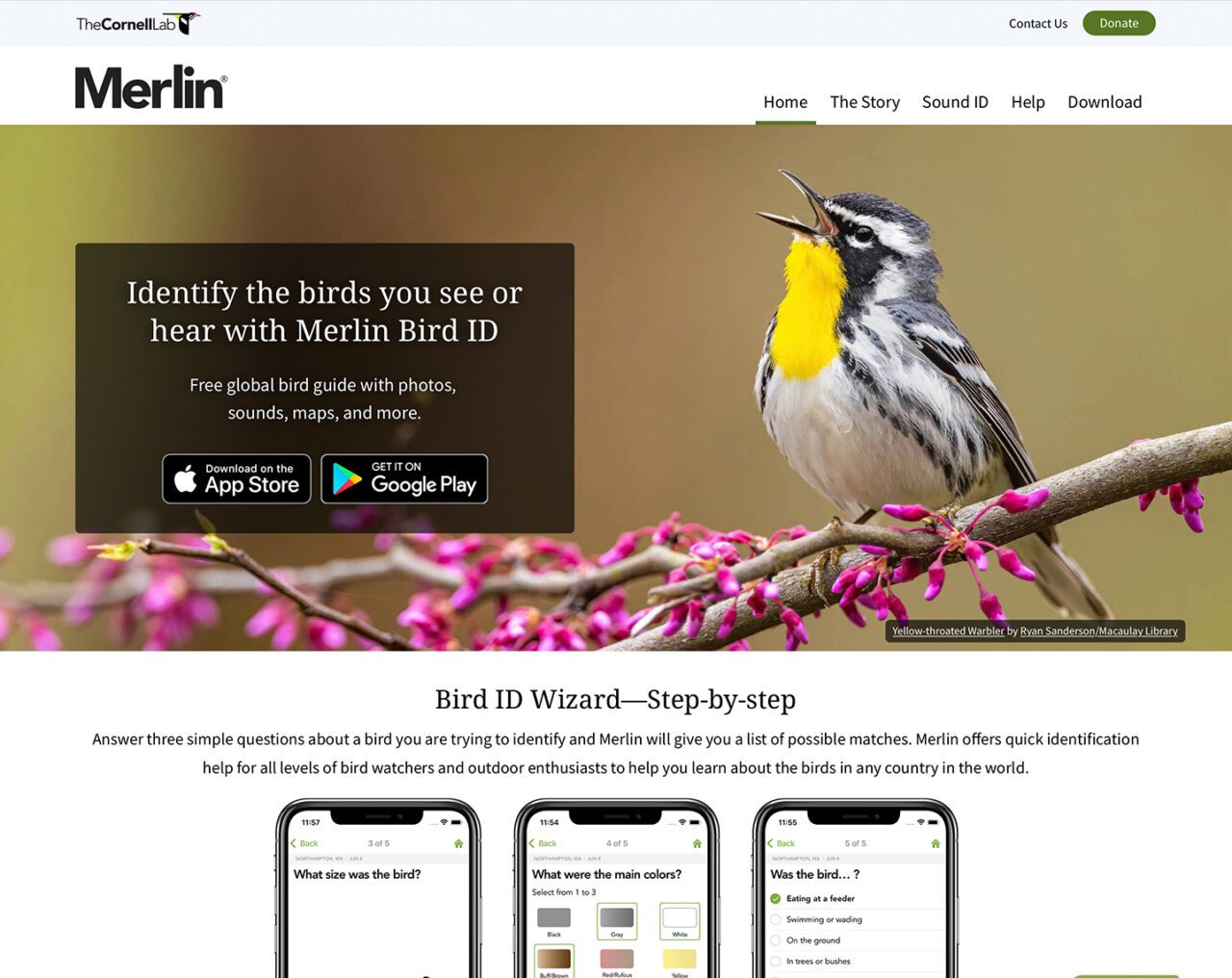
Merlin
Merlin is designed to be a birding coach for bird watchers at every level. Merlin asks you the same questions that an expert birder would ask to help solve a mystery bird sighting. Notice that date and location are Merlin’s first and most important questions. It takes years of experience in the field to know what species are expected at a given location and date. Merlin shares this knowledge with you based on more than 800 million sightings submitted to eBird from birders around the world. They’ve contributed more than 3 million descriptors to help Merlin match your input with the most likely birds. When you identify a species and click “This is My Bird,” Merlin also saves your record to help improve its future performance.
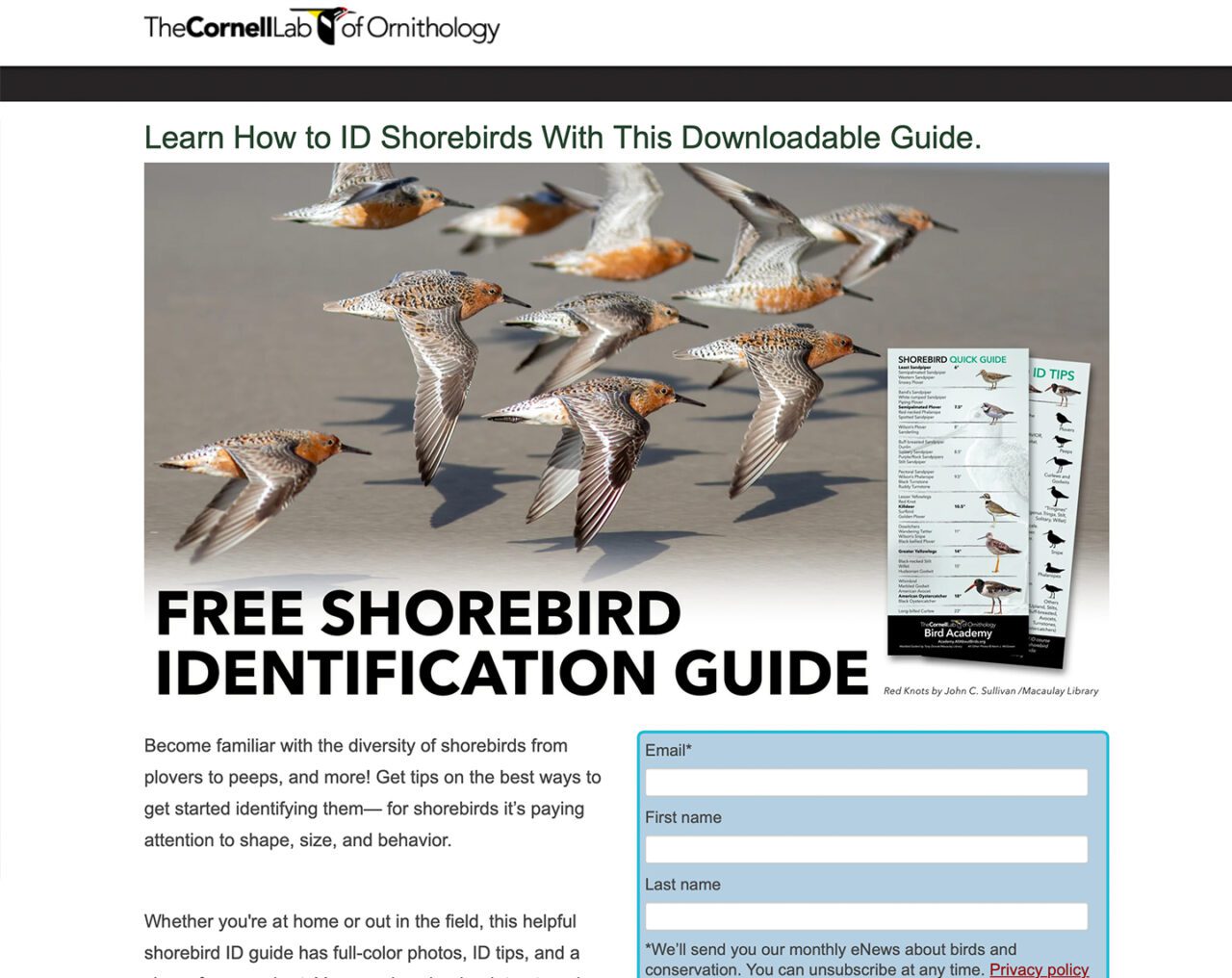
Shorebird Identification Guide
Whether you’re at home or out in the field, this helpful shorebird ID guide has full-color photos, ID tips, and a size reference chart. Become familiar with the diversity of shorebirds from plovers to peeps, and more! Get tips on the best ways to get started identifying them— for shorebirds it’s paying attention to shape, size, and behavior. You can download it free, print out, and bring this guide with you, courtesy of Dr. Kevin McGowan and Bird Academy.
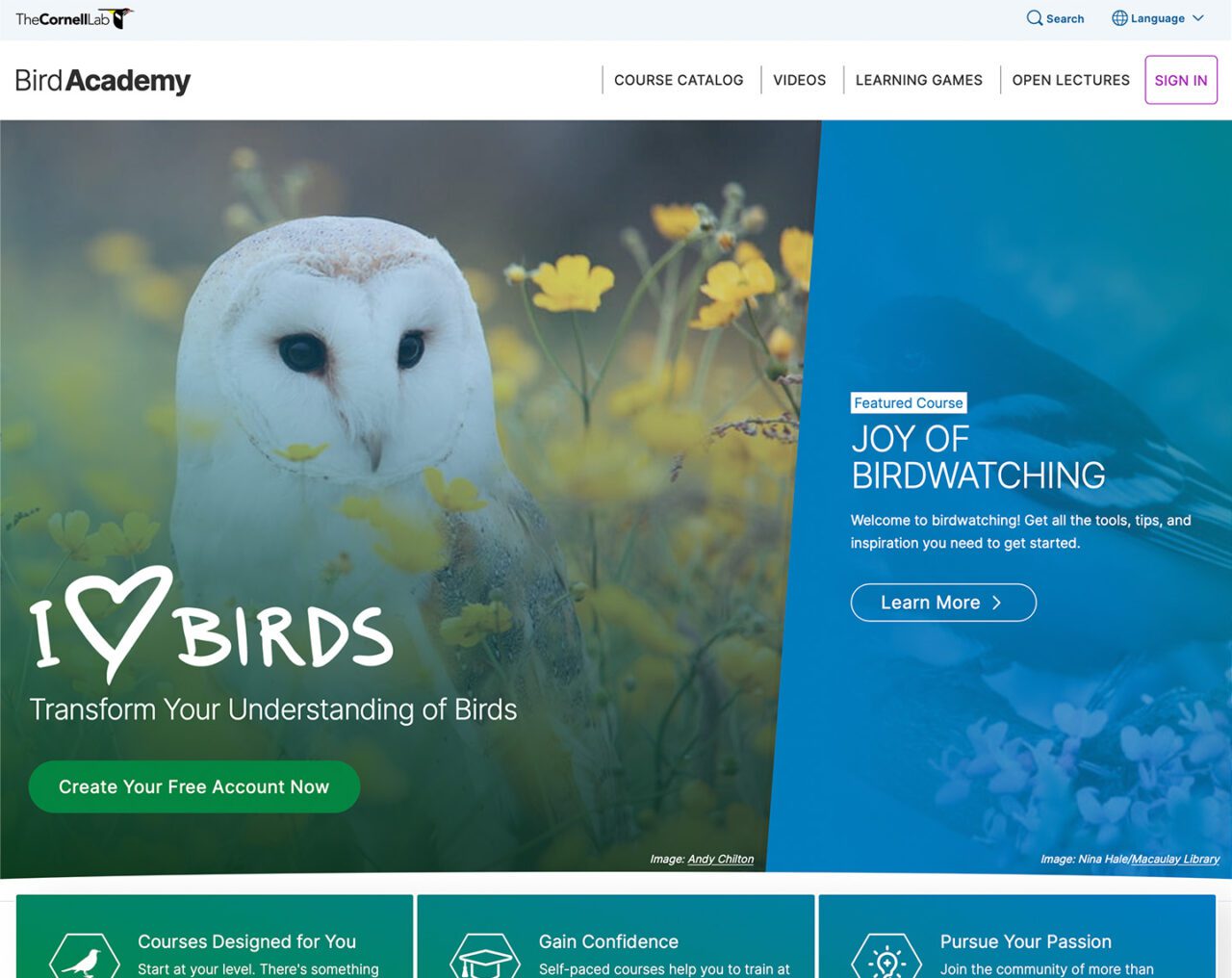
Bird Academy
Brought to you by the Cornell Lab, Bird Academy is continuing a century-old tradition of sharing the wonder and joy of birds far beyond our walls. Thanks to Cornell Lab founder Arthur “Doc” Allen, who opened the Lab’s doors to the public on Monday evenings for seminars created to celebrate the science and beauty of birds. We’ve never stopped in our mission to help people of all walks of life understand and connect with birds.Whether you’re newly curious about what you’re hearing in your backyard, an avid birder with a life list to tend, or a budding ornithologist, Bird Academy’s team of biologists, educators, and designers are here to help you learn about the great world of birds.
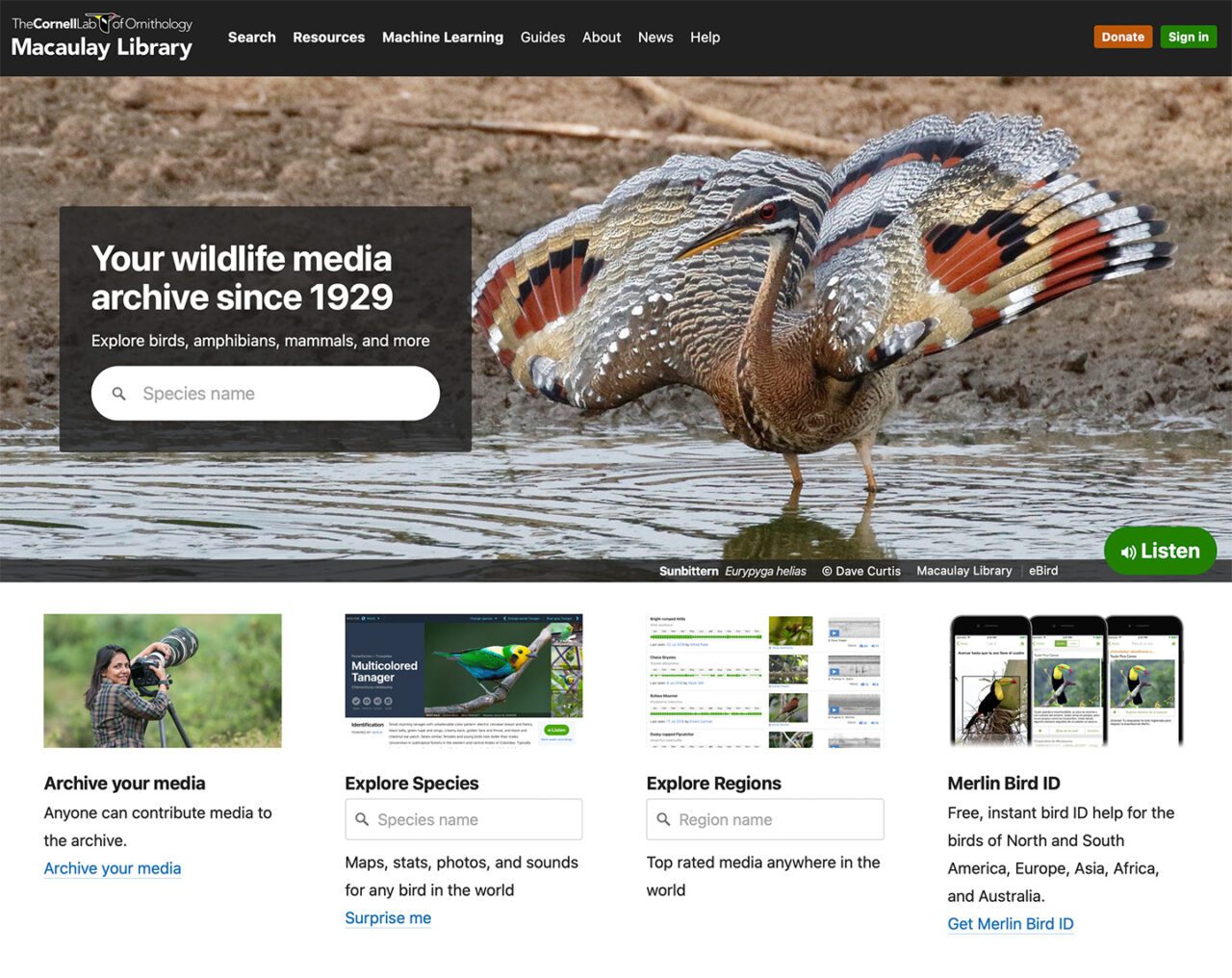
Macaulay Library
The Macaulay Library is the world’s premier scientific archive of natural history audio, video, and photographs. Although the Macaulay Library’s history is rooted in birds, the collection includes amphibians, fishes, and mammals, and the collection preserves recordings of each species’ behaviour and natural history. Our mission is to facilitate the ability of others to collect and preserve such recordings and to actively promote the use of these recordings for diverse purposes spanning scientific research, education, conservation, and the arts. Access to audio and video recordings in the archive is available for research, educational, and commercial use. If you would like to contribute to the archive, you can submit your bird recordings and photos via the eBird/Macaulay Library media upload tool.
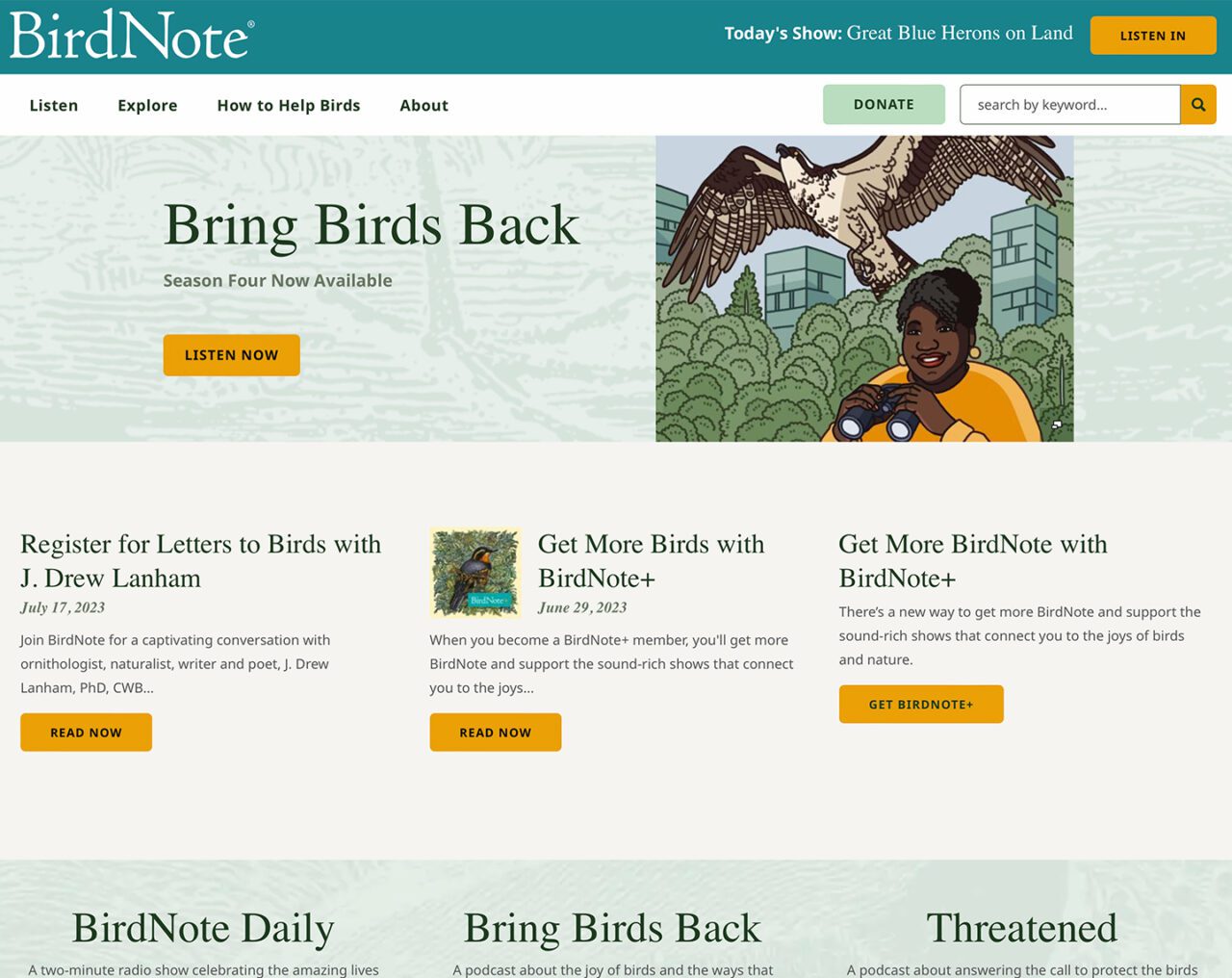
BirdNote
Immerse yourself in the natural world! BirdNote invites you to observe the beautiful world of birds that surrounds us, with short programmes rich in images, sounds and information. Follow this channel, and get up-to-date information about the birds of America and the World, in Spanish.
